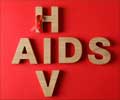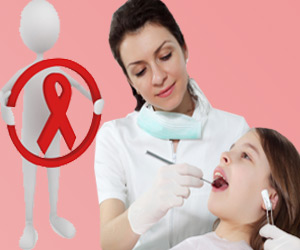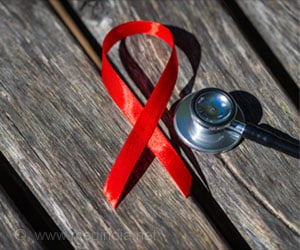Countless Americans taking potent antiretroviral therapies (ART), to have their HIV disease under control may not have as much control over the viral infection as former estimates have intimated.
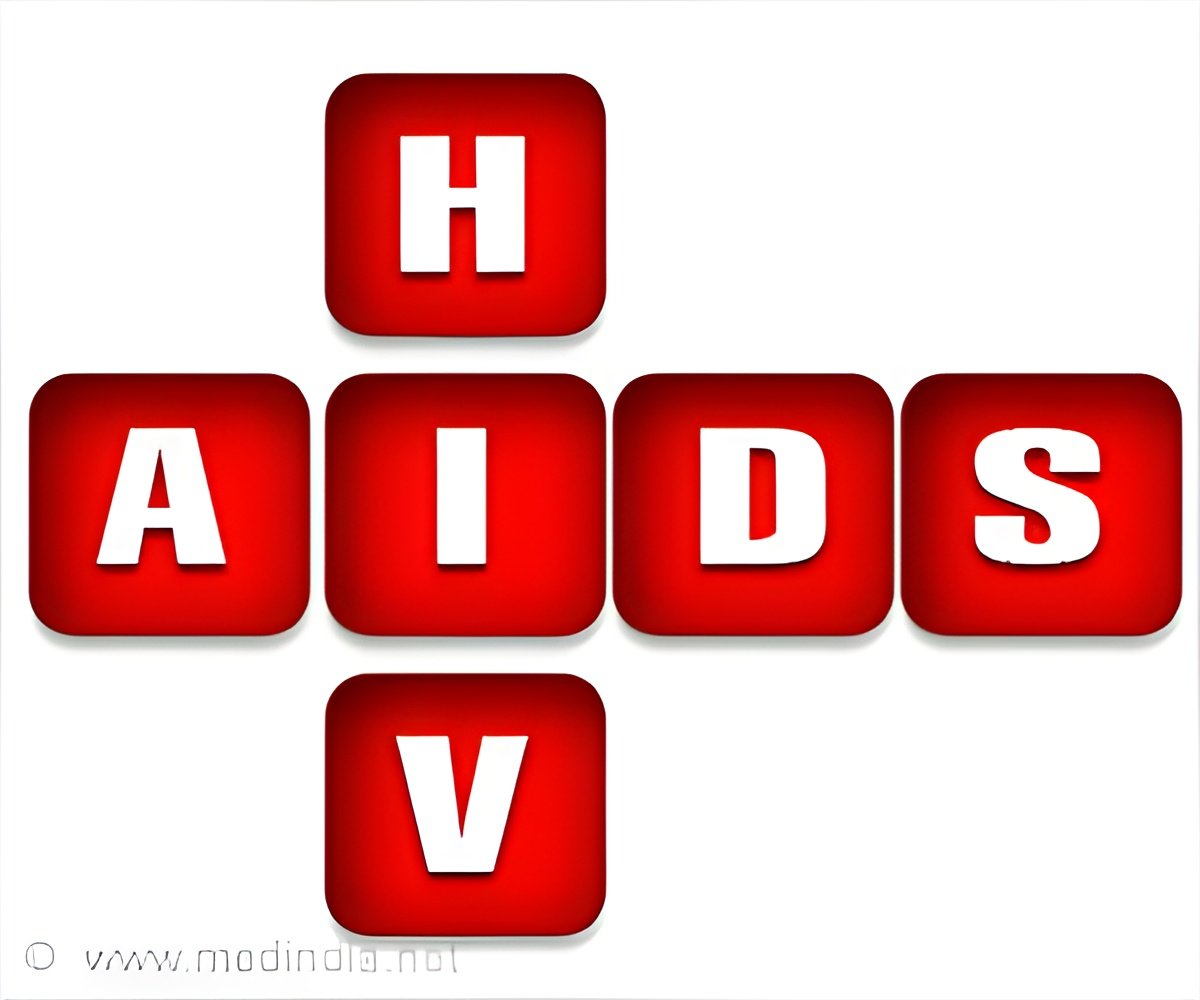
According to senior study investigator and infectious disease specialist Kelly Gebo, M.D., M.P.H., the team's latest findings underscore just how difficult it is to successfully treat HIV disease and prevent its spread even when people are taking effective ART. Gebo says that "if we are not fully suppressing the virus as much as we thought, then we are not fully preventing and reducing the likelihood of HIV transmission, either." Some 426,000 of the estimated 1.2 million Americans infected with the virus that causes AIDS are taking ART and are under the routine care of a physician.
Gebo says that, overall, while ART has improved significantly within the last decade, with once-a-day pill regimens replacing more complicated, multidrug schedules, "our study findings suggest that physicians and other health care providers still need to do more to promote drug adherence among our patients, and make sure people take their antiretroviral therapies as prescribed."
Without that extra effort, she says, "More people are potentially at risk of becoming infected with HIV, and those already on ART are at risk of developing drug resistance, too." Gebo is an associate professor at the Johns Hopkins University School of Medicine and the University's Bloomberg School of Public Health.
As part of the decade-long study, more than 100,000 individual blood test results were reviewed, all obtained with permission from the medical records of 32,483 infected adults. Seventy percent were men. Everyone prescribed ART had their blood viral levels carefully monitored at more than a dozen established HIV clinics, including the Moore Clinic at The Johns Hopkins Hospital.
Among the study's specific findings was that the percentage of participants who tightly controlled their HIV disease was 72 percent in 2010, the last year for which viral load counts were analyzed. This represented a major increase from 45 percent in 2001, but was significantly less than the 77 percent to 87 percent figures widely cited in 2011 reports from the U.S. Centers for Disease Control and Prevention, and in studies by other leading Hopkins and Canadian researchers.
Other key findings in the latest report were that younger people, ages 18 to 29; blacks; injection drug users; and those without private health insurance were almost twice as likely as older people; whites; men who have sex with men; and those with private insurance to not have fully suppressed blood viral levels.
Gebo and Yehia next plan to use their study data to develop programs for helping people with HIV adhere to therapy and keep routine appointments with their physicians. The team also has plans to interview infected people who consistently adhered to ART and medical care, and those who did not, to better understand the reasons behind successful and failed attempts to sustain and tightly control the disease.
Currently, there are more than 34 million people in the world living with HIV, including an estimated 1,178,000 in the United States and 23,000 in the state of Maryland.
Source-Eurekalert
 MEDINDIA
MEDINDIA
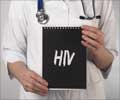
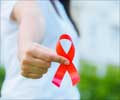


 Email
Email

